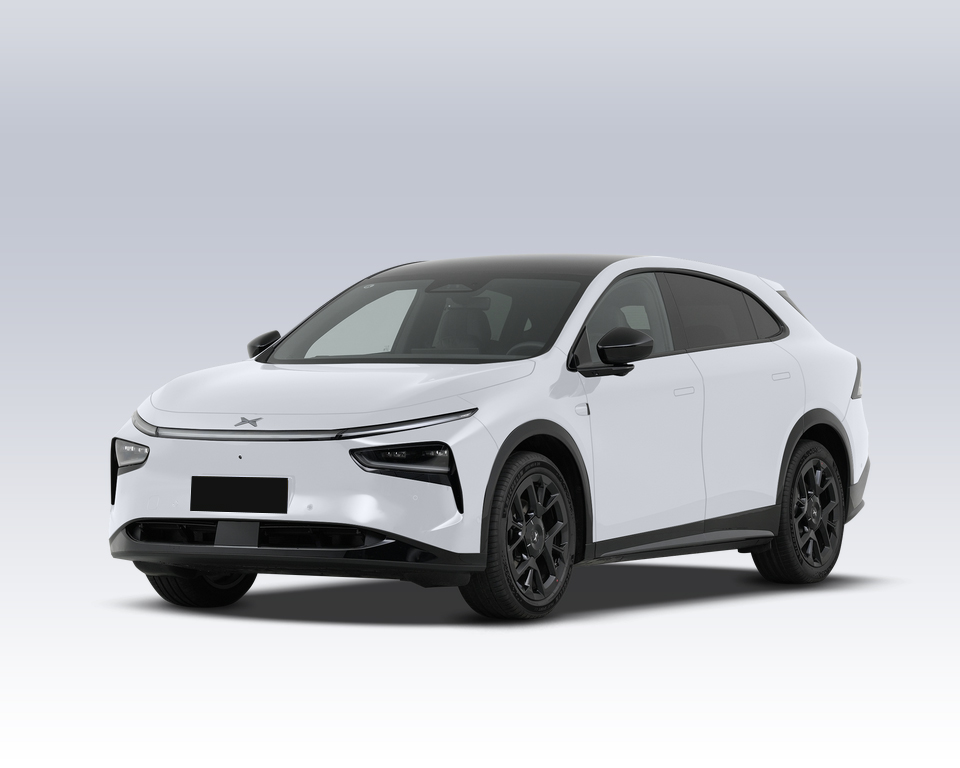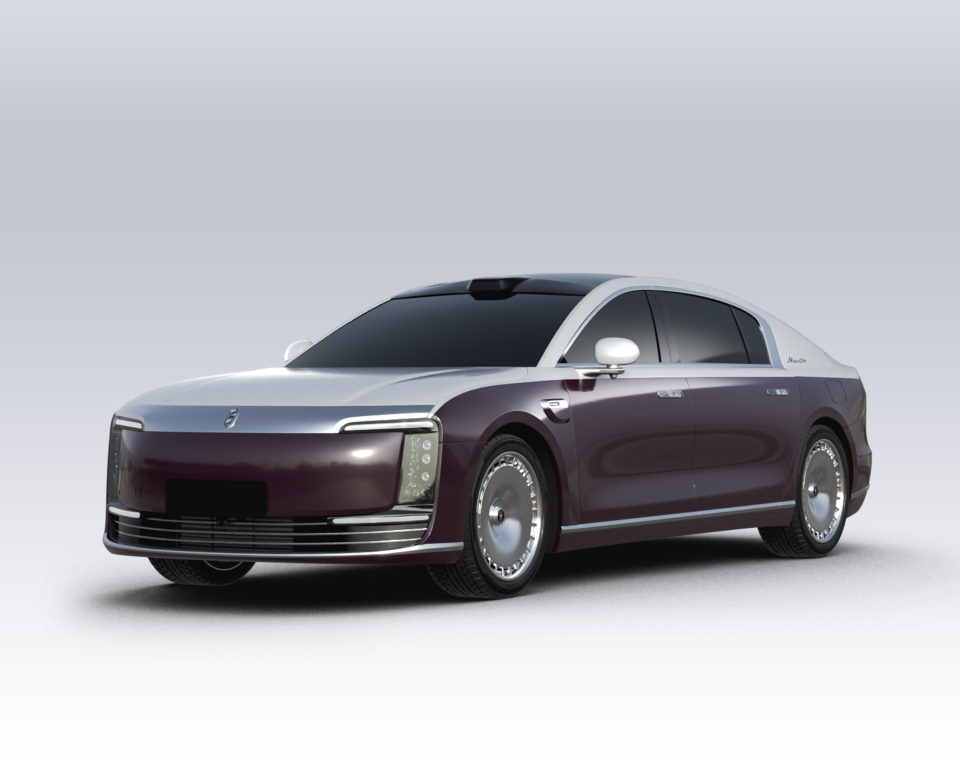What’s the Difference Between L3 and L2 Autonomous Driving? Which Cars Will Feature L3 ?
As the new energy vehicle (NEV) industry continues to surge, discussions and debates around autonomous driving technology have never stopped. In 2025, the competition to achieve L3-level autonomous driving has officially begun. Consumers are expected to see the first wave of L3 vehicles available for purchase by the fourth quarter of this year.
We’ve talked before about the classification of autonomous driving levels—but what exactly makes L3 so special? Let’s take a closer look at the key features and upcoming models equipped with L3 autonomous driving.
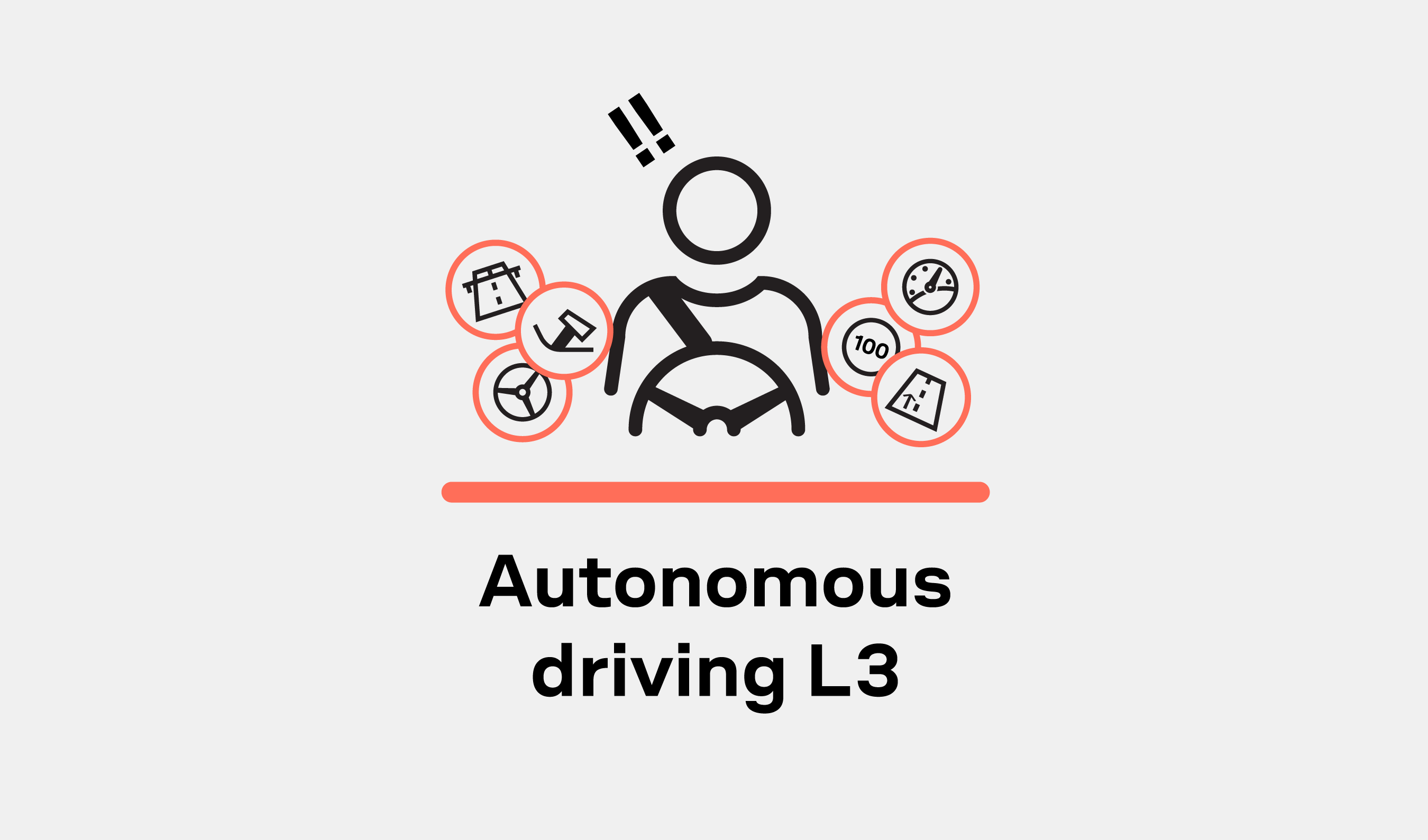
⚙️ Core Features Revealed
The defining characteristic of L3 autonomous driving is its scenario limitation. This means it performs best on structured roads such as highways and urban expressways.
With centimeter-level high-precision maps and redundant sensors, L3 vehicles can operate stably in rain or at night, automatically handling acceleration, lane changes, overtaking, turning, and even stop-and-go traffic jams—all without human intervention.
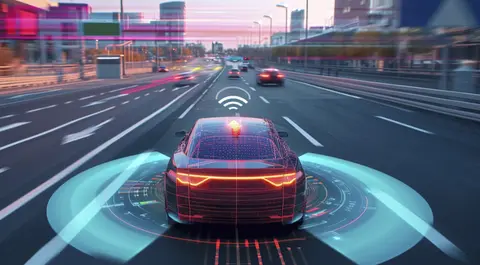
🚀 Major Technical Upgrades
L3 technology brings a huge leap forward from L2.
Enhanced Perception: L3 vehicles use a triple-sensing network combining LiDAR, millimeter-wave radar, and cameras, providing far more reliable detection than L2’s camera-only setup.
Improved Computing Power: Equipped with processors delivering 500+ TOPS (trillion operations per second), L3 systems can make split-second decisions even in complex environments.
Safety Redundancy: Dual power supplies and dual braking systems act as backup protection, ensuring safety even in case of system failures.
These advancements make L3 not just smarter—but also safer and more capable in real-world driving scenarios.
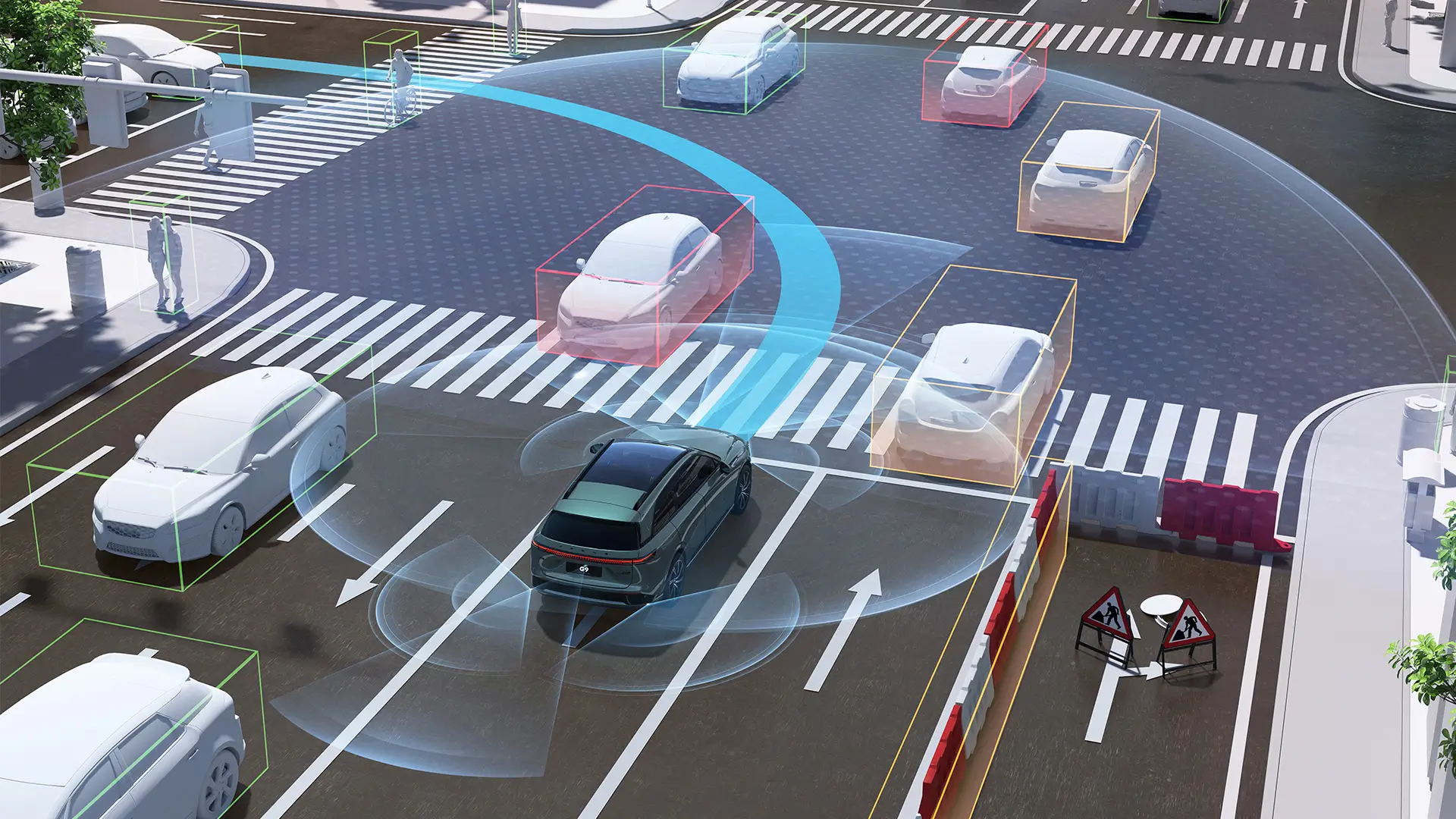
🚘 Approved L3 Models in China (as of September 2025)
China’s first batch of L3-certified vehicles has already been announced, covering multiple mainstream brands and segments:
Seres : AITO M9, M8, and 2025 M7 — equipped with Huawei ADS 4.0, capable of automatic lane changing and overtaking on highways.
Chery : Luxeed R7 Ultra and S7 Ultra Flagship — feature Huawei’s L3 solution for advanced driving assistance.
BAIC : Stelato S9 and S9 Touring Ultra — optimized for city expressways and highways.
Changan : Avatr 11/12/07/06 and Deepal S09 Ultra — positioned in the ¥300,000–¥500,000 range, offering full-speed adaptive cruise and auto obstacle avoidance.
Dongfeng : Voyah Dreamer (MPV) and M-Hero MF817 (off-road SUV) — filling the gap in high-end L3 segments.
NIO : Equipped with the self-developed NAD system (specific models to be confirmed).
BYD : Yangwang series passed highway NOA testing; Seal 05 features the “God’s Eye” system.
GAC : Plans to launch its L3 model in Q4 2025.
JAC : Maextro S800, developed with Huawei, supports urban pilot driving.
Xpeng : G6 will receive L3 capability via OTA update by the end of 2025.
Aion : UT model supports closed-road L3 functions.
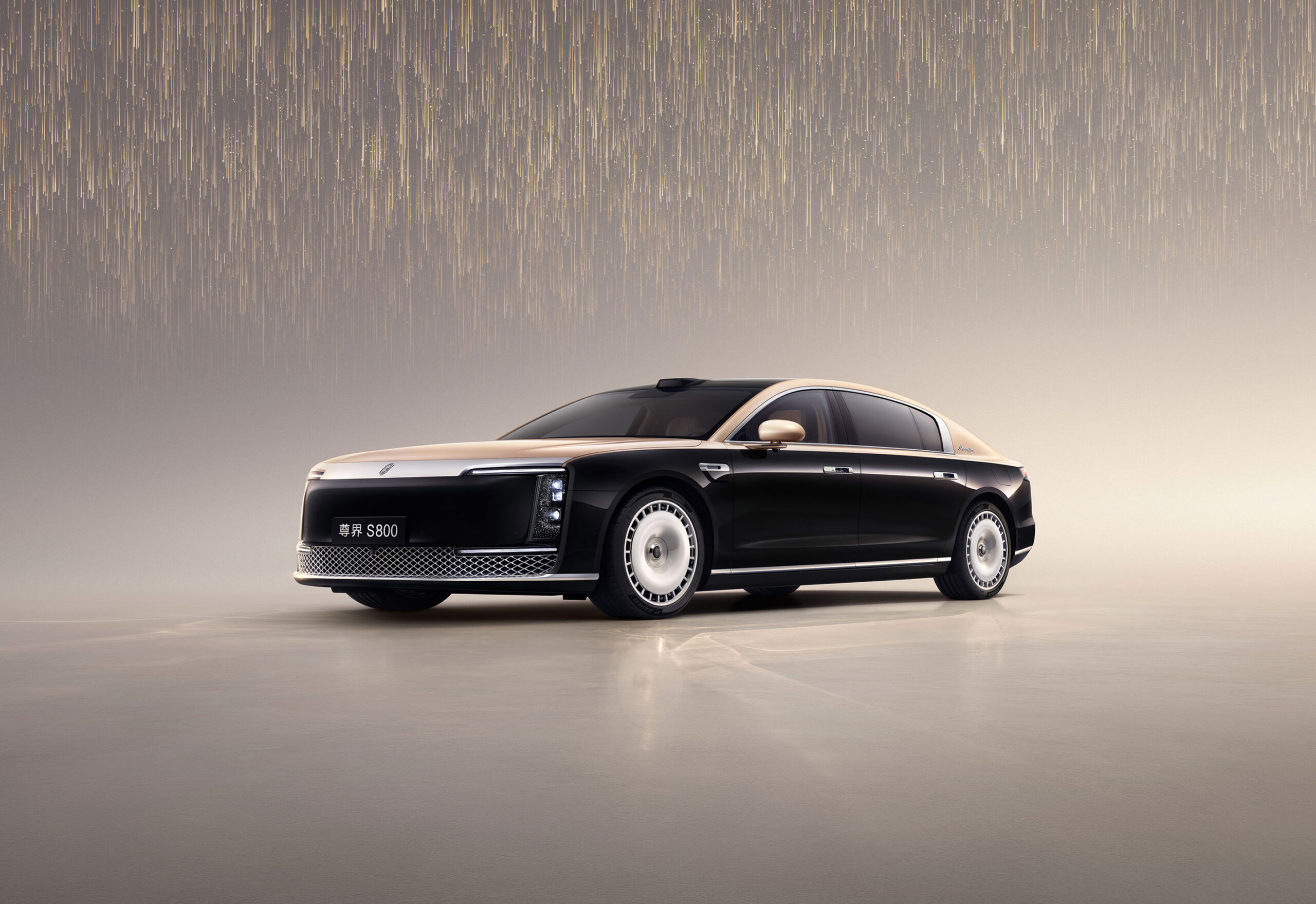
🧭 Regulation and Reality Check
For everyday drivers, the gap between L2 and L3 isn’t merely numerical—it’s a revolutionary leap from “the car helps you drive” to “the car drives itself.” It marks a shift from driver assistance to responsibility transfer.
However, the initial batch of L3 vehicles still faces usage restrictions. Current systems only operate on highways and expressways, not in city traffic.
New regulations have also clearly defined liability rules:
During autonomous operation, the automaker is responsible for any accidents.
When the system prompts the driver (via sound or light signals), the driver must take control within 10 seconds.
If the driver refuses, responsibility shifts accordingly.
Vehicles must include driver monitoring and data black box systems to ensure accountability and safety.
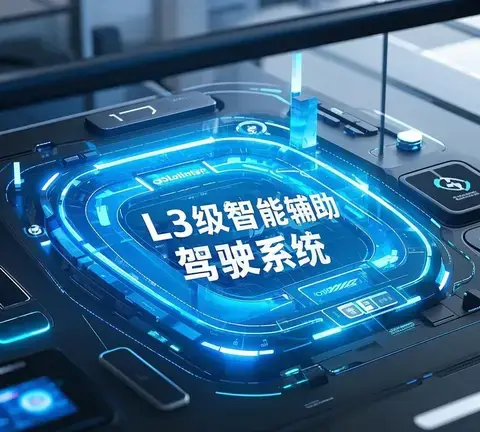
🏁 Conclusion
The release of China’s first L3-certified vehicle list marks a major milestone—not only validating automakers’ technical prowess but also signaling the beginning of commercialized intelligent driving.
As authorities accelerate pilot programs and regulatory frameworks, L3 vehicles will gradually expand from premium to mainstream markets, offering consumers a safer, smarter, and more relaxed driving experience in the era of autonomous mobility.
Please explore our blog for the latest news and offers from the EV market.



